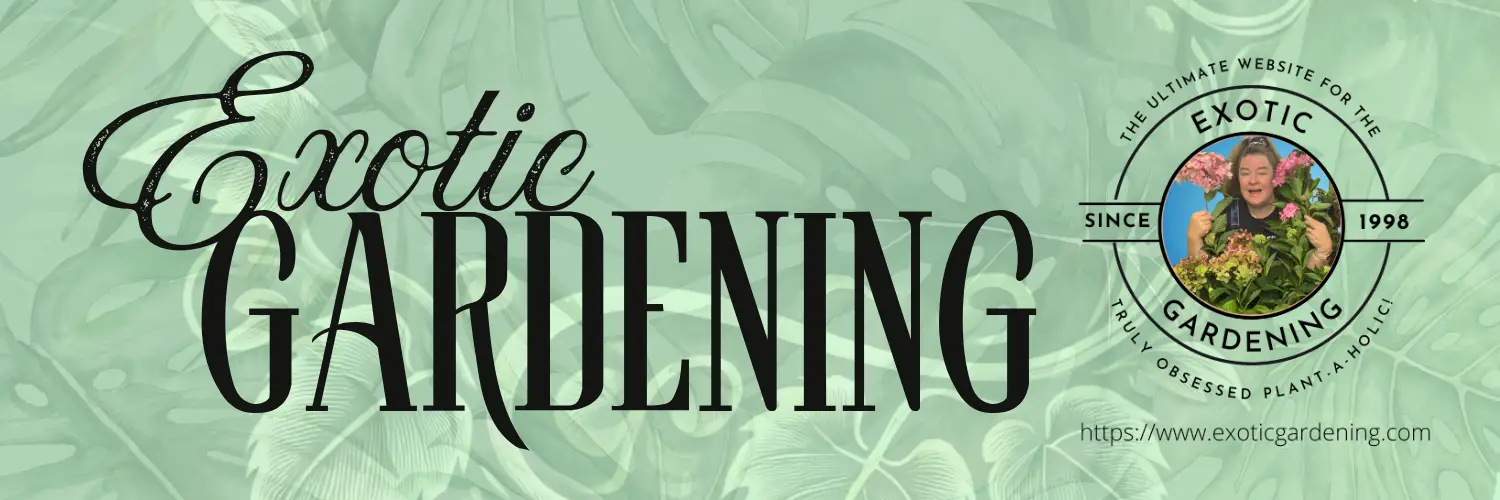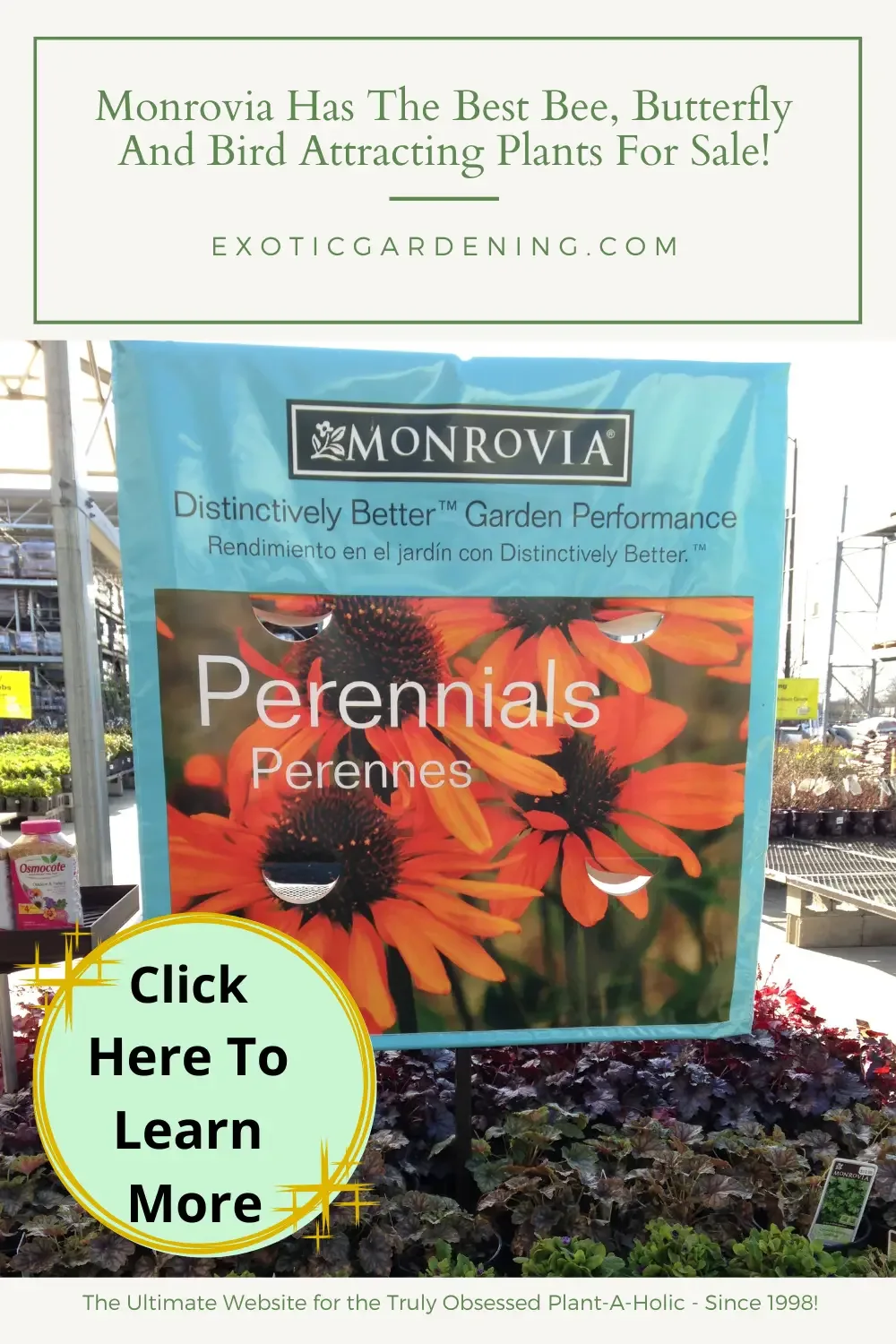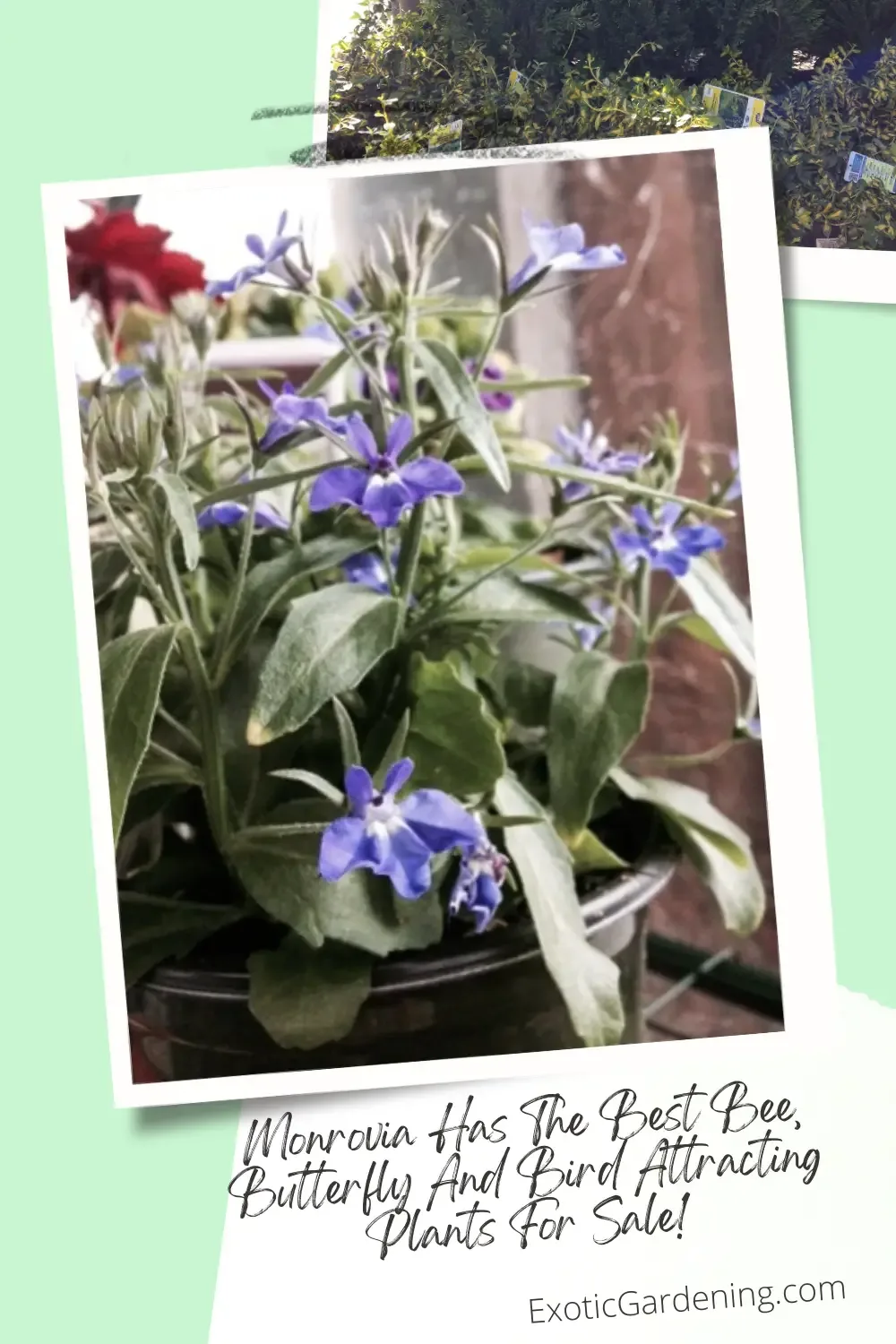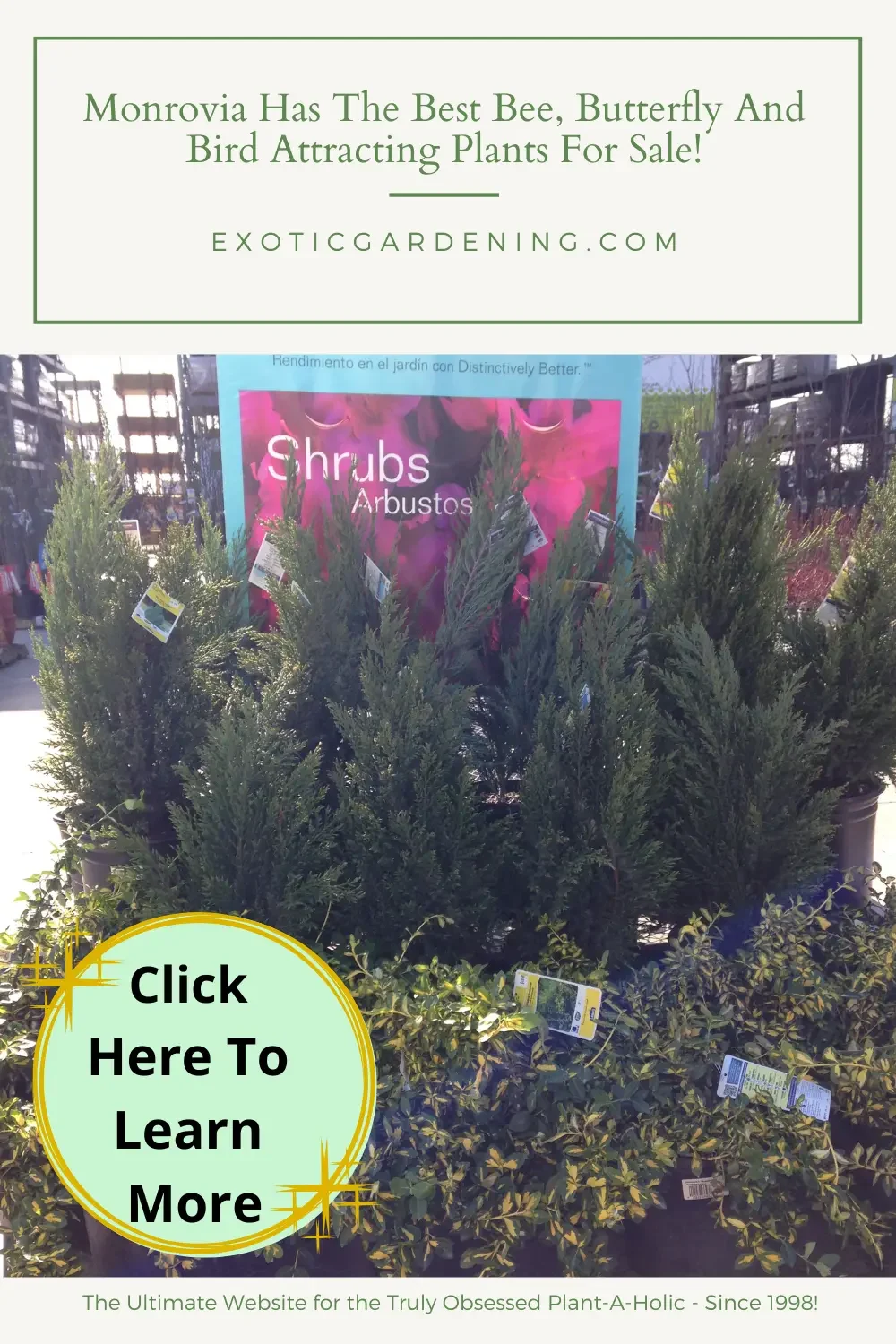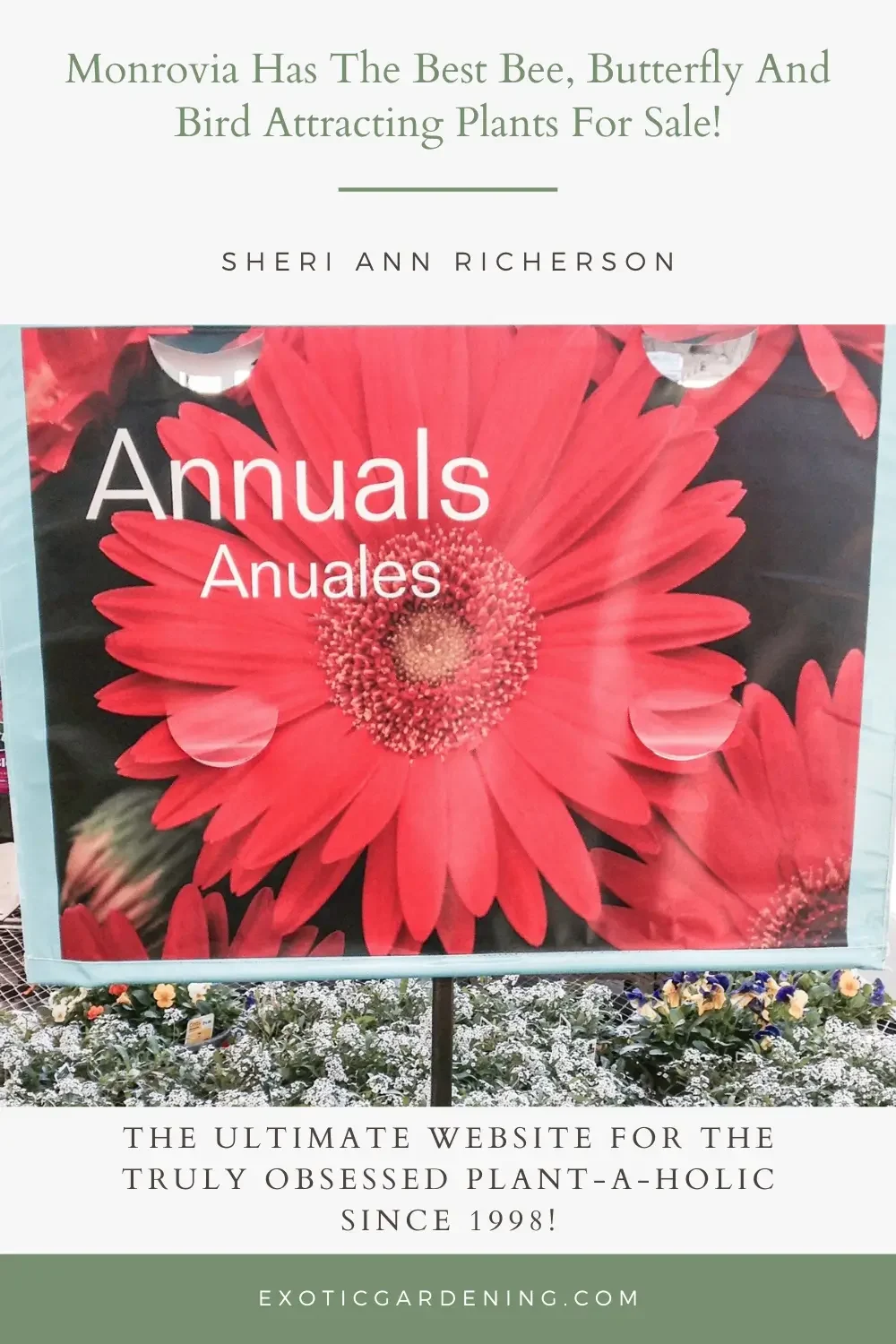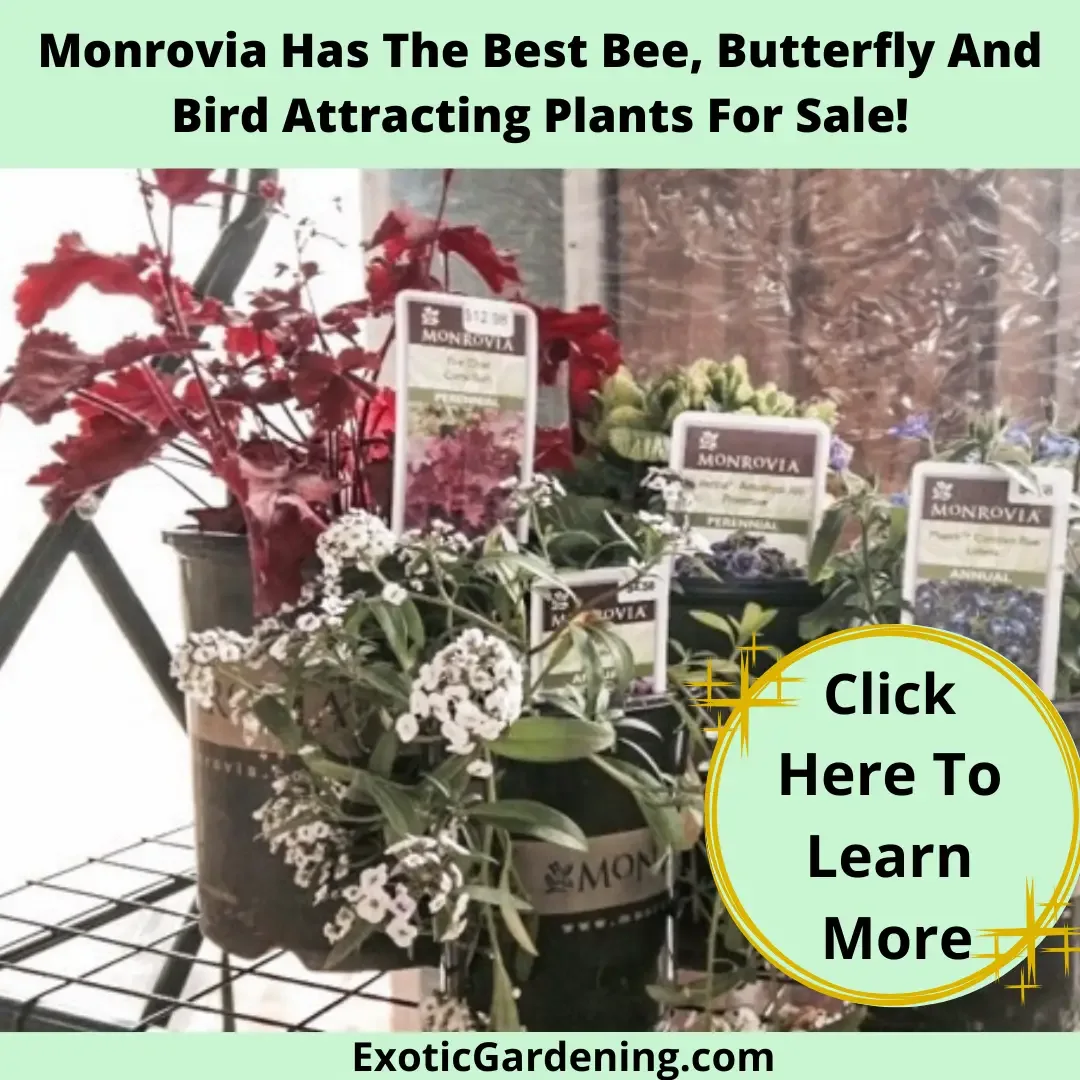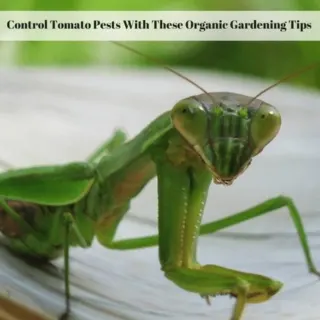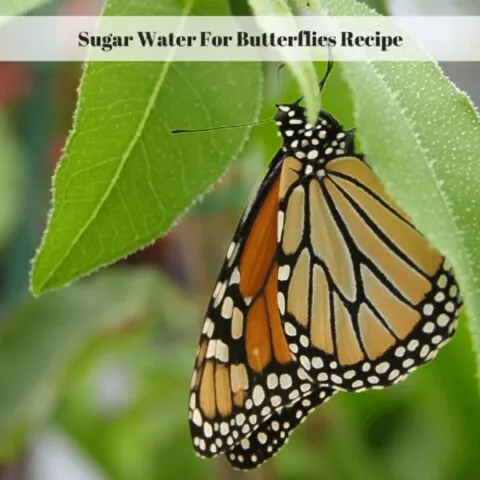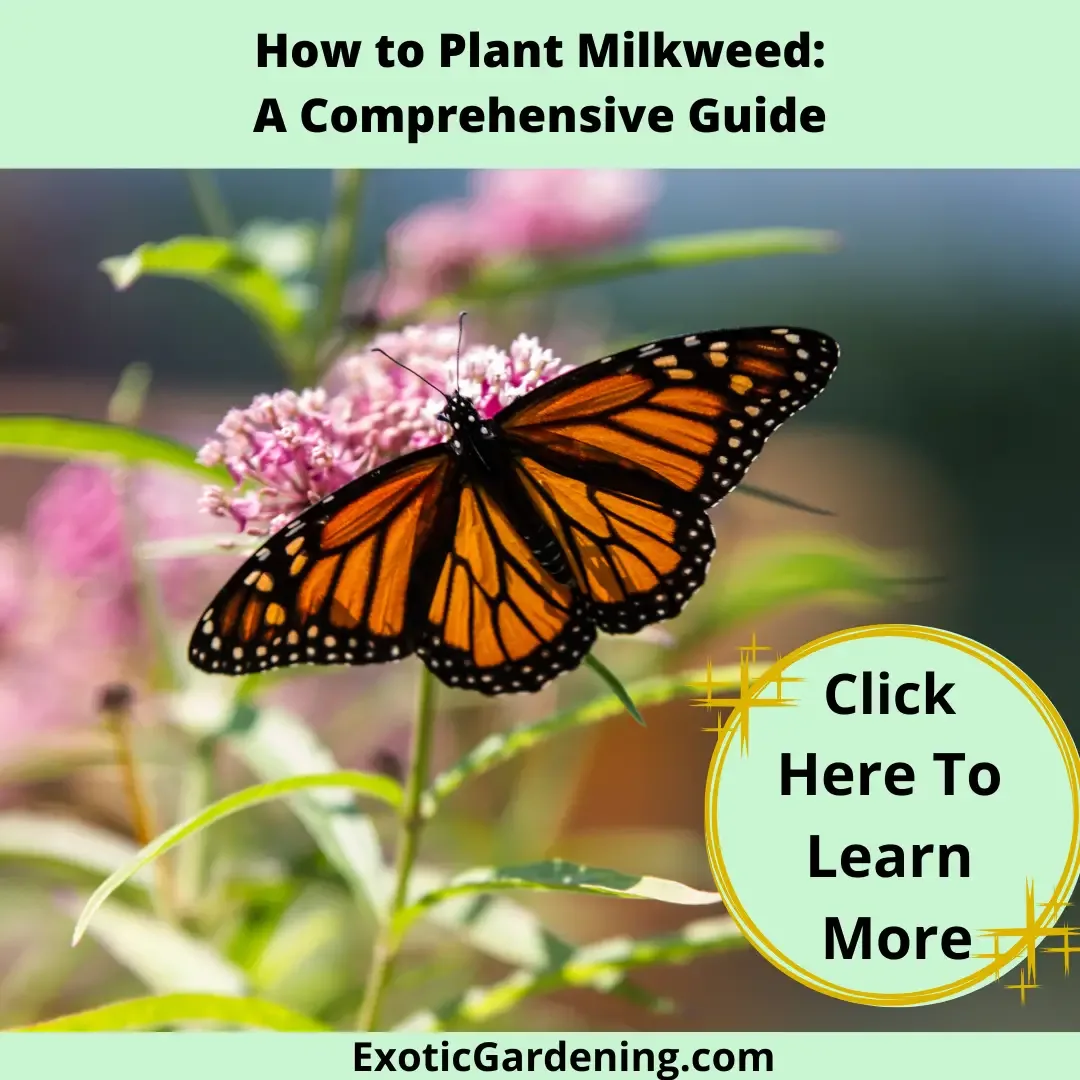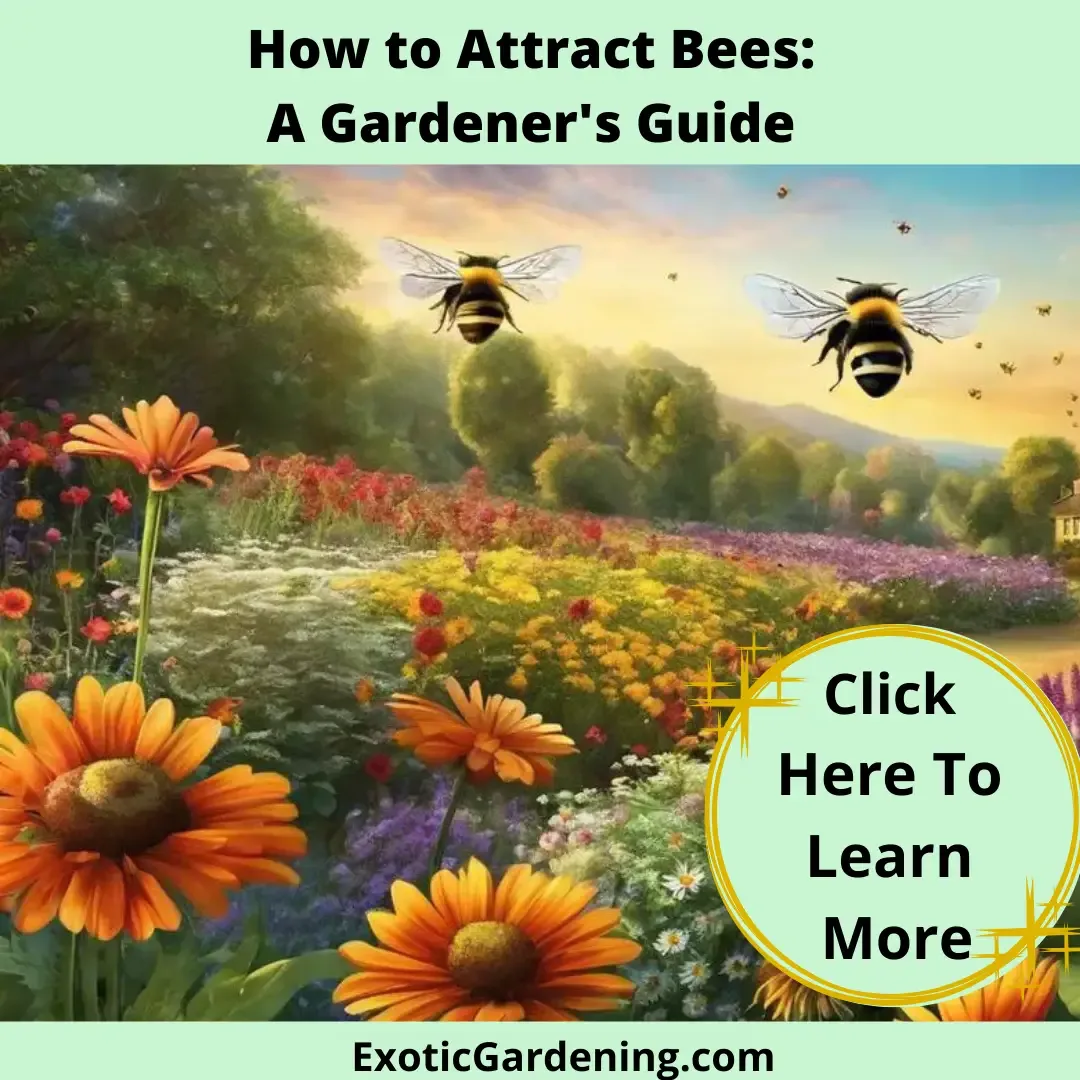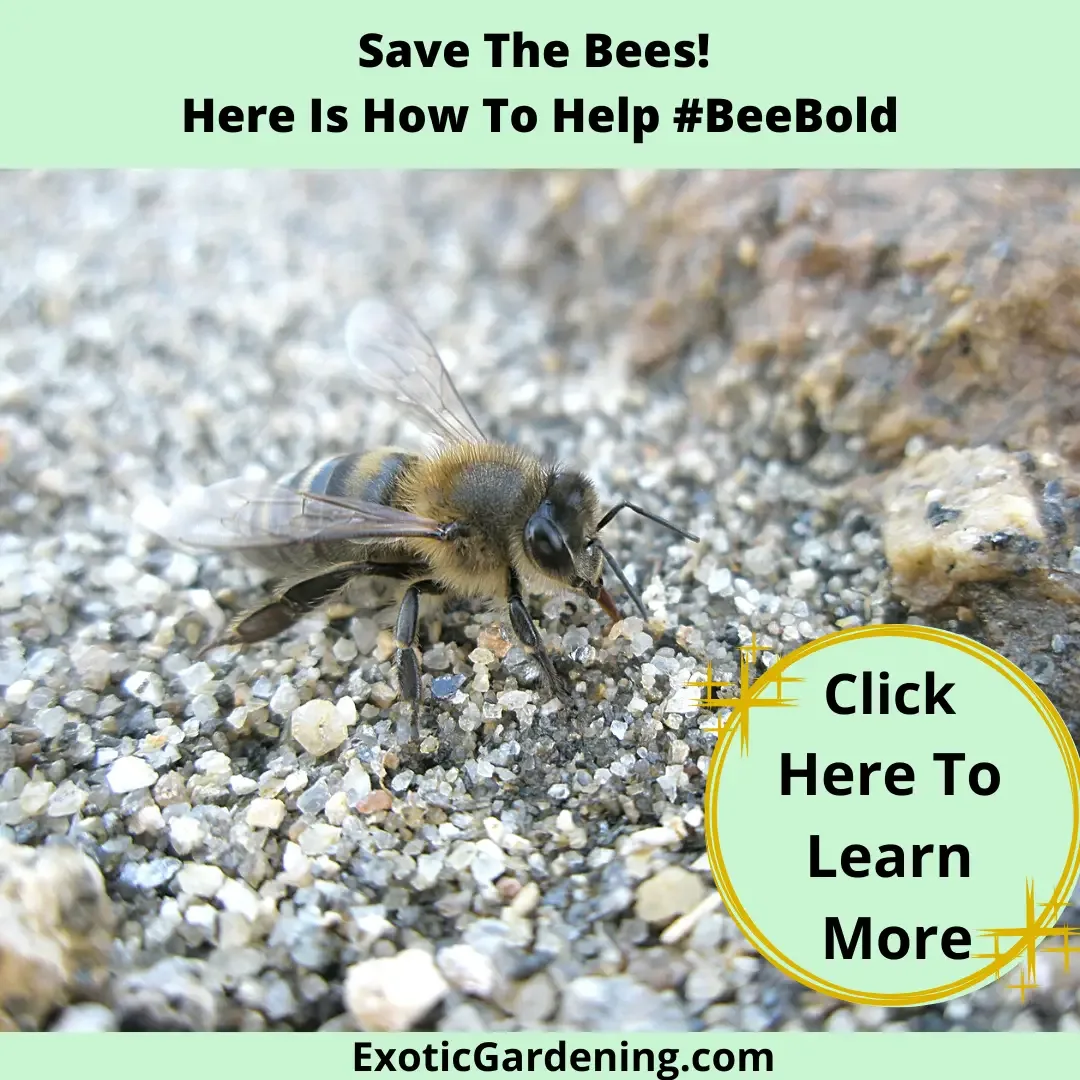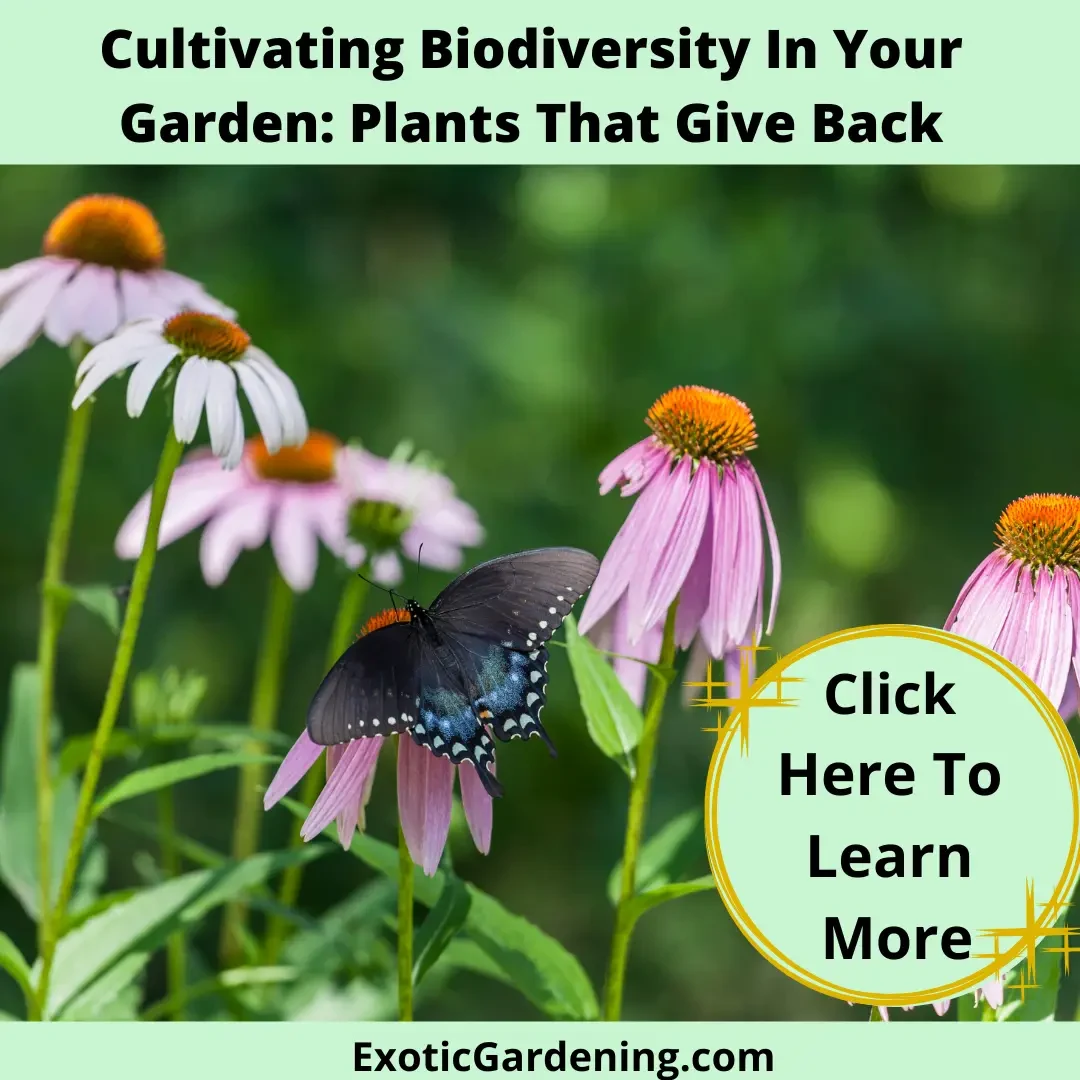Disclaimer: Today’s post is sponsored by Monrovia, but my love for their plants is all my own! I was compensated for this post and I did receive free plants.
Spring is finally here after what seemed like a never-ending winter - and that means it is time for my Monrovia Plantlust to surface.
I Love Monrovia plants because they truly flourish in my garden.
Every year, Monrovia breeds and introduces so many exciting new varieties of flowers that I feel like a kid in a candy store when their annual calendar that they send to Garden Writers arrives!
I am first in line at our local Lowe's when I hear the Monrovia plants have arrived.
You see Lowe's sells Monrovia plants; they don't actually grow them - Monrovia does all that.
This is why I don't need to see the blooms fully open to know the plants I choose are going to be outstanding!
This year I chose a variety of bee, butterfly, and bird-attracting plants because I wanted to focus on expanding that area of my existing garden.
Early Preparations for Pollinator-Friendly Gardens
Although it is still early here in Indiana, I know how to protect my plants from the last few frosts, and the pollinators need as much nectar as they can find to survive until the plants in the ground start blooming.
Gardening, to me, is about helping the pollinators as much as it is about creating a beautiful landscape.
Even if you live in a colder climate like I do that is still experiencing cold nights and possible frost, it is not too early to begin planning your spring and summer green spaces.
Incorporating GreenDesign into your yard, patio, or balcony is a great way to connect with nature and experience the magic of springtime.
I love hearing the bees buzz or watching them fly from flower to flower sucking up as much nectar as possible and knowing they are cross-pollinating my plants for me.
Welcoming Butterflies and Hummingbirds
Once the butterflies arrive, I delight in their colorful, wispy wings fluttering about, bringing living color to the garden.
I also love hummingbirds and encourage them to hang out in my garden by providing them with plants they love, a hummingbird mister, and multiple hummingbird nests located in areas where they will feel safe enough to use them.
Creating an Eco-Friendly Garden
It is important to me to create a garden that is healthy and beautiful but also beneficial to our local ecosystem.
I know I can count on Monrovia plants to help me do just that.
When people visit my garden or view the photos online, I really want to convey that you can create a positive environmental impact by choosing plants for your garden that support the needs of the pollinators in your area, such as the butterflies, bees, and birds.
But creating a positive environmental impact and relationship with the local ecosystem is about so much more than just the plants you choose.
The way you maintain your garden through watering and soil care plays an equally important role.
Selecting Pollinator-Friendly Plants: A Monrovia and Lowe's Collaboration
This spring, I had the fantastic opportunity to choose four plants to enhance my garden, all part of a campaign with Monrovia and Lowe's.
These plants were free of charge, and I knew they would attract the pollinators I wanted to support.
Even though I already had similar perennials in my garden, the ones I chose brought a unique twist with their leaf color and different flower blooms.
I opted for a combination of two perennials and two annuals, each contributing to the vibrancy of my garden in their own way:
The Perennials:
- Primrose (Primula): These perennials, known for their delightful blooms, provide a consistent source of nectar for pollinators year after year.
- Coral Bells (Heuchera): With their striking foliage and charming flowers, coral bells are a favorite among pollinators, including butterflies and bees.
The Annuals:
- Lobelia (Lobelia): Lobelia is an annual plant that bursts with vibrant colors and attracts hummingbirds and butterflies, adding a burst of energy to your garden.
- Stream Alyssum (Lobularia): This annual plant is not only fragrant but also a magnet for bees, making it an excellent choice for pollinator gardens.
Creating an Oasis for Butterflies and Bees
If you want to invite butterflies and bees into your garden, offering a consistent water source is crucial.
These invaluable pollinators rely on water not only for hydration but also for staying cool during scorching days.
You can easily craft an inviting water oasis by using a shallow dish or setting up a birdbath with a few stones or pebbles thoughtfully placed inside to provide perches.
This simple addition ensures that the pollinators can access the water safely without the risk of drowning.
To maintain the allure of your water feature, remember to keep it clean and change the water regularly to prevent the growth of algae, ensuring it remains a refreshing stop for your garden's fluttering visitors.
It is also a good idea to offer a source of sugar water for butterflies and bees.
Plants to Attract Birds, Bees, and Butterflies
Selecting the right plants is crucial when aiming to attract birds, bees, and butterflies to your garden.
Here are some plant recommendations that are sure to bring these delightful creatures to your outdoor space:
- Butterfly Bush (Buddleja): As the name suggests, the butterfly bush is a magnet for butterflies. It produces fragrant clusters of flowers that provide nectar for a variety of butterfly species.
- Lavender (Lavandula): Lavender's fragrant purple spikes are not only visually appealing but also a favorite of bees and butterflies. Plant it in sunny spots to attract these pollinators.
- Coneflowers (Echinacea): Coneflowers are known for their colorful, daisy-like blooms. They attract both bees and butterflies and are easy to grow in many climates.
- Salvia (Salvia spp.): Salvias, with their vibrant spikes of tubular flowers, are excellent nectar sources for hummingbirds, bees, and butterflies.
- Sunflowers (Helianthus): Sunflowers are not only a visual delight but also provide nectar and seeds that attract a wide range of birds, bees, and butterflies.
- Bee Balm (Monarda): Bee balm, as the name suggests, is a favorite of bees. Its unique tubular flowers are a rich source of nectar, and it also adds a splash of color to your garden.
- Milkweed (Asclepias): Milkweed is crucial for monarch butterflies as it serves as the primary food source for their caterpillars. Planting milkweed is a conservation effort to support declining monarch populations.
- Lupine (Lupinus): Lupines produce tall spikes of colorful flowers that attract bees and butterflies. They are especially loved by bumblebees.
- Black-Eyed Susan (Rudbeckia): These cheerful, daisy-like flowers are a favorite of bees and butterflies, adding a burst of color to your garden.
- Joe-Pye Weed (Eutrochium): Joe-Pye weed is a native wildflower that attracts both butterflies and bees with its fluffy clusters of pink or purple blooms.
Daylilies: A Bee's Dream and a Gardener's Delight
Daylilies (Hemerocallis) are like a bee's dream come true.
Their vibrant and captivating blooms are brimming with nectar, making them an irresistible attraction for both honeybees and bumblebees.
These hardy perennials serve up a bountiful buffet of food for bees, and what's even better is that daylilies have an extended flowering period, ensuring a constant supply of nectar for our buzzing friends throughout the entire growing season.
Monrovia offers a range of daylilies that are not only beloved by gardeners but also attract pollinators like bees and butterflies.
Daylilies are known for their vibrant blooms and easy care, making them a popular choice for both novice and experienced gardeners.
Planting these beauties not only adds a burst of color to your landscape but also provides crucial support for bee populations, making it a win-win for both your garden and the environment.
Monrovia Perennials and Shrubs
Monrovia is renowned for its high-quality perennials and shrubs.
When you choose Monrovia plants, you can be confident that you are selecting top-notch specimens that will thrive in your garden.
Here are some popular Monrovia perennials and shrubs that are known for attracting pollinators:
- Monrovia Butterfly Bush (Buddleja spp.): Monrovia's butterfly bushes are bred for their attractiveness to butterflies. They come in various colors and sizes, making them a versatile addition to any garden.
- Monrovia Bee Balm (Monarda spp.): Monrovia offers a selection of bee balms with vibrant blooms that bees find irresistible. They are also known for their resistance to powdery mildew.
- Monrovia Lavender (Lavandula spp.): Monrovia's lavenders are prized for their fragrance and ability to attract bees and butterflies. They are perfect for creating a fragrant garden oasis.
- Monrovia Coneflowers (Echinacea spp.): Monrovia's coneflowers come in a range of colors and are excellent choices for attracting pollinators like bees and butterflies.
- Monrovia Salvia (Salvia spp.): Monrovia's salvias are beloved by hummingbirds, bees, and butterflies for their nectar-rich flowers and vibrant colors.
- Monrovia Milkweed (Asclepias spp.): Monrovia offers various milkweed varieties that support monarch butterflies by providing a vital food source for their caterpillars.
- Monrovia Black-Eyed Susan (Rudbeckia spp.): Monrovia's black-eyed susans add a burst of golden color to your garden while attracting bees and butterflies.
- Monrovia Joe-Pye Weed (Eutrochium spp.): Monrovia's Joe-Pye weed varieties are native plants that provide nectar for bees and butterflies.
Monrovia Butterfly Bush and Ornamental Grasses
Monrovia's butterfly bushes and ornamental grasses are excellent additions to your garden for attracting pollinators and adding texture and beauty to your landscape.
Butterfly bushes provide nectar for butterflies, while ornamental grasses create visual interest and habitat for birds.
Incorporating Monrovia plants into your garden not only enhances its beauty but also supports the vital role that pollinators play in our ecosystem.
By choosing plants that attract bees, butterflies, and birds, you contribute to the well-being of these essential creatures while enjoying a vibrant and flourishing garden.
How to Care for Monrovia Plants
Caring for Monrovia plants is relatively straightforward, thanks to their high-quality genetics.
Here are some essential tips to keep your Monrovia plants thriving:
- Planting: Choose a suitable location for your Monrovia plants based on their sunlight and soil requirements. Follow the planting instructions provided on the plant's tag.
- Watering: Provide regular, consistent watering to keep the soil evenly moist, especially during the establishment phase. Avoid overwatering or letting the plants dry out completely.
- Mulching: Apply a 2-3 inch layer of organic mulch around the base of your Monrovia plants to conserve moisture, suppress weeds, and maintain a consistent soil temperature.
- Pruning: Prune your Monrovia plants as needed to remove dead or damaged growth and encourage healthy growth. Pruning requirements vary depending on the plant species.
- Fertilizing: Use a balanced, slow-release fertilizer according to the recommended guidelines on the plant's label. Avoid over-fertilization, which can harm the plant.
- Pest and Disease Control: Monitor your plants regularly for signs of pests or diseases. Early detection and treatment are key to maintaining plant health.
- Support: Provide support structures for taller Monrovia plants to prevent bending or breaking during heavy rain or wind.
Where to Buy Monrovia Plants
You can find Monrovia plants at various garden centers, nurseries, and home improvement stores, such as Lowe's.
Visit your local garden center to explore their selection of Monrovia plants and seek advice from knowledgeable staff members.
Additionally, you can purchase Monrovia plants online through their official website or from reputable online retailers specializing in plants and gardening supplies.
Order Monrovia Plants Online
If you prefer the convenience of online shopping, you can order Monrovia plants directly from their official website.
Browse their catalog, select the plants you desire, and have them delivered to your doorstep.
This option is especially convenient if you're looking for specific Monrovia varieties that may not be available at your local garden center.
Reuse of Monrovia Plant Containers
As an environmentally conscious gardener, finding creative ways to reuse Monrovia plant containers is a fantastic idea.
Here are some unique reuses for Monrovia plant containers:
- Seed Starting: Monrovia containers are ideal for starting seeds. Fill them with potting mix, sow your seeds, and cover with a plastic lid to create a mini greenhouse. Once the seedlings are ready, transplant them into your garden.
- Organizing Small Tools: Use Monrovia containers to organize and store small gardening tools, such as trowels, pruners, and gardening gloves. Label each container for easy identification.
- Herb Garden: Create a small herb garden by planting herbs like basil, parsley, or mint in Monrovia containers. Place them on your kitchen windowsill for easy access to fresh herbs while cooking.
- Craft Supplies: Monrovia containers are perfect for organizing craft supplies like beads, buttons, or paintbrushes. Their clear plastic design makes it easy to see what's inside.
- Gift Packaging: Transform Monrovia containers into unique gift packaging. Fill them with homemade cookies, candies, or small gifts, and decorate them with ribbons and labels.
- Propagation Stations: Use Monrovia containers as propagation stations for plant cuttings. Fill them with water and place the cuttings inside, allowing them to root before transplanting.
- Paint Palettes: If you enjoy painting, Monrovia containers can serve as convenient paint palettes. Use the compartments to mix and store different paint colors.
- Desk Organizers: Keep your desk tidy by using Monrovia containers to store pens, pencils, paper clips, and other office supplies.
- Jewelry Storage: Organize and display your jewelry collection by repurposing Monrovia containers as jewelry organizers. Stack them or arrange them in a drawer for easy access.
- Candle Holders: Place small votive candles or tea lights inside Monrovia containers to create charming candle holders for outdoor gatherings or special occasions.
By finding innovative ways to reuse Monrovia plant containers, you reduce waste and contribute to a more sustainable gardening practice.
Share your creative reuse ideas on social media to inspire others to do the same and join the effort to reduce plastic waste in gardening.
#ReuseMonroviaContainers #SustainableGardening
In conclusion, Monrovia offers a wide selection of high-quality plants that not only enhance the beauty of your garden but also attract essential pollinators like bees, butterflies, and birds.
By choosing Monrovia plants and implementing eco-friendly gardening practices, you can create a thriving and environmentally conscious garden that benefits both your landscape and the local ecosystem.
So, let's embrace the beauty of spring and start connecting with the Earth through Monrovia plants.
#LetsGarden!
Exploring Monrovia Plants: Your FAQs Answered!
Q: What makes Monrovia plants stand out from other options at the garden center?
A: Monrovia plants are known for their high quality, carefully bred varieties, and excellent growing practices. They consistently thrive in various garden conditions.
Q: Where can I purchase Monrovia plants?
A: You can find Monrovia plants at local garden centers, nurseries, and select home improvement stores like Lowe's. Additionally, you can order them online through Monrovia's official website or reputable online plant retailers.
Q: What types of plants does Monrovia offer?
A: Monrovia offers a wide range of plants, including perennials, shrubs, trees, ornamental grasses, and more. They have a diverse selection to suit different garden styles and preferences.
Q: Are Monrovia plants suitable for my climate?
A: Monrovia provides plant information, including hardiness zones, on their tags and website. Check these details to ensure that the plants you choose are appropriate for your specific climate.
Q: How can I attract pollinators like bees, butterflies, and birds to my garden?
A: Select Monrovia plants known for attracting these pollinators and create a welcoming environment with proper planting, watering, and care practices.
Q: Can I order Monrovia plants online if I can't find them locally?
A: Yes, you can order Monrovia plants online through their official website or from reputable online plant retailers that carry their products.
Q: Do Monrovia plants require special care?
A: Monrovia plants come with care instructions, but they typically thrive with regular watering, appropriate sunlight, and proper pruning as needed.
Q: What is the best time to plant Monrovia perennials?
A: Spring and fall are generally the best times to plant Monrovia perennials. This allows them to establish strong root systems before extreme weather conditions.
Q: How often should I water Monrovia plants?
A: The watering frequency depends on the plant type and local climate. Generally, water when the soil is dry to the touch, and adjust based on your garden's specific needs.
Q: Are Monrovia plants organic?
A: Monrovia doesn't specifically market their plants as organic, but you can choose to grow them organically by using organic soil and fertilizers.
Q: Do Monrovia plants come with a warranty?
A: Monrovia offers a one-year warranty on their plants when you follow their planting and care instructions. Be sure to keep your receipt for proof of purchase.
Q: Can I use Monrovia plant containers for other purposes?
A: Absolutely! Monrovia containers can be creatively repurposed for various uses, from organizing small items to serving as seed-starting pots.
Q: Are Monrovia plants safe for pets and wildlife?
A: Monrovia plants are generally safe for pets when ingested in small amounts, but it's advisable to research specific plants if you have concerns. They do attract and support local wildlife like pollinators.
Q: How do I know which Monrovia plants attract certain pollinators?
A: Monrovia provides information on plant tags and their website about the pollinators each plant attracts. Look for details such as "butterfly-friendly" or "bee-attracting."
Q: Can I find Monrovia's latest plant varieties in local stores?
A: Yes, local garden centers often carry Monrovia's newest plant varieties, especially during the spring planting season.
Q: Are Monrovia plants suitable for beginner gardeners?
A: Yes, many Monrovia plants are suitable for beginners due to their hardiness and clear care instructions. Start with plants that match your gardening experience level.
Q: How do I know if Monrovia plants are right for my garden's aesthetics?
A: Monrovia offers a wide range of plant varieties, so you can choose those that match your preferred garden style, whether it's formal, cottage, modern, or wild.
Q: Can I find Monrovia's eco-friendly gardening tips on their website?
A: Monrovia provides gardening tips and advice on their website, including practices that promote eco-friendliness in your garden.
Q: Do I need special tools to care for Monrovia plants?
A: Basic gardening tools like pruners, shovels, and watering cans are usually sufficient for caring for Monrovia plants. Tailor your tools based on your garden's size and complexity.
Q: Can I find Monrovia plants for specific garden themes, such as a butterfly garden?
A: Yes, Monrovia categorizes their plants on their website, making it easy to find plants that suit specific themes like butterfly gardens or bird-friendly landscapes.
Buzzing with Life: The Ultimate Pollinator Series
How to Plant Milkweed: A Comprehensive Guide
Discover a world of milkweed gardening: Sow Right Seeds, Burpee, Lowe's, and Amazon—your complete guide awaits!
How to Attract Bees: A Gardener's Guide
Discover the art of garden harmony with our guide on how to attract bees. Cultivate a vibrant haven for these essential pollinators!
Save The Bees! Here Is How To Help #BeeBold
Join the Fight to 'Save the Bees' and Make a Positive Difference with Our Insightful Guide to Bee Conservation.
Cultivating Biodiversity In Your Garden: Plants That Give Back
Discover the art of cultivating biodiversity in your garden with our expert tips on choosing plants that enrich your ecosystem.
